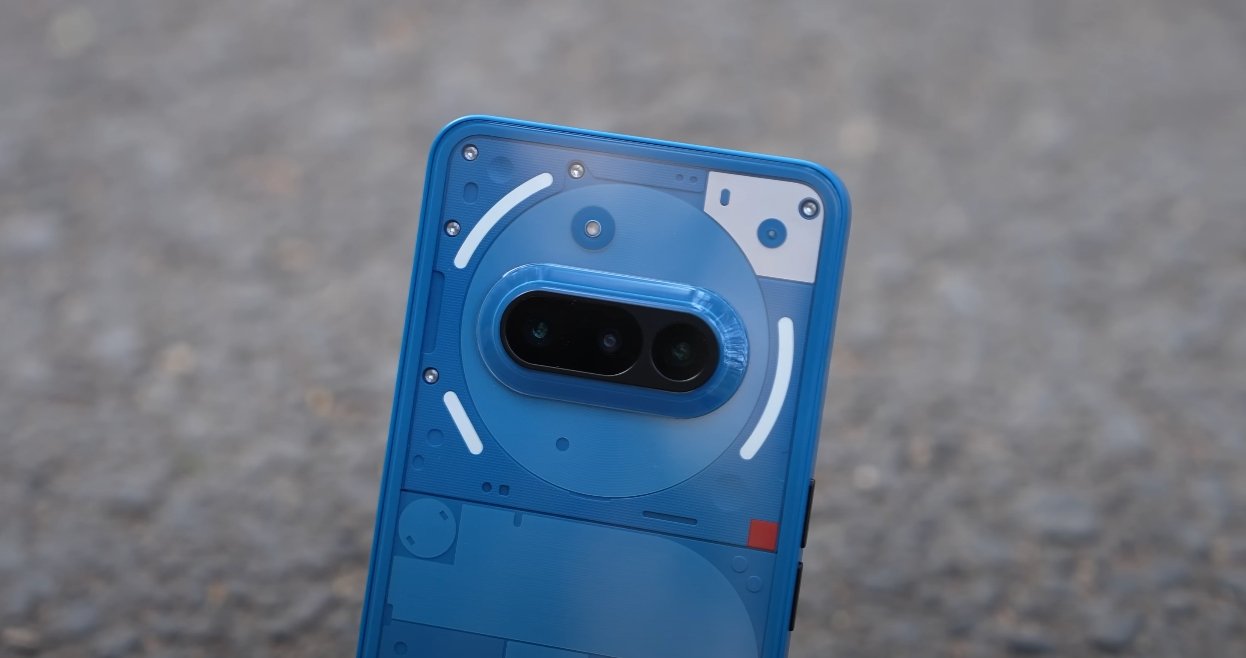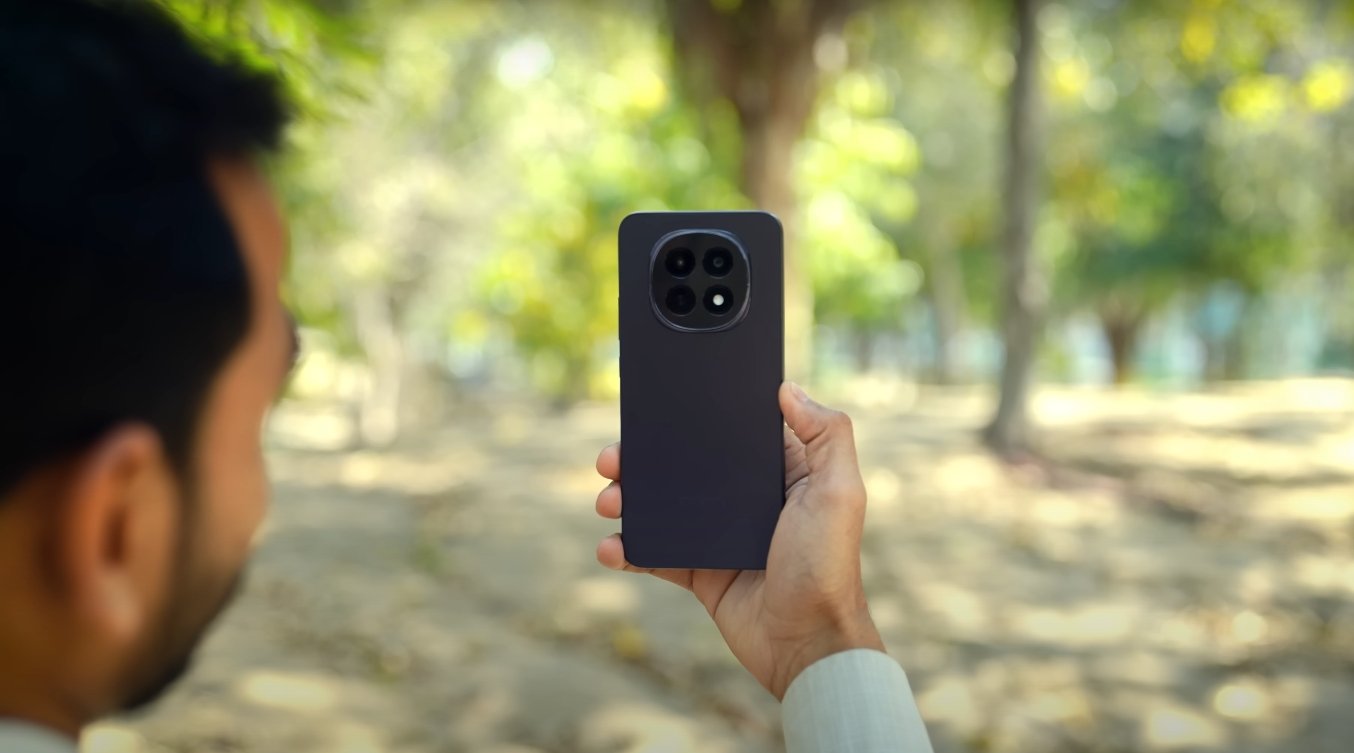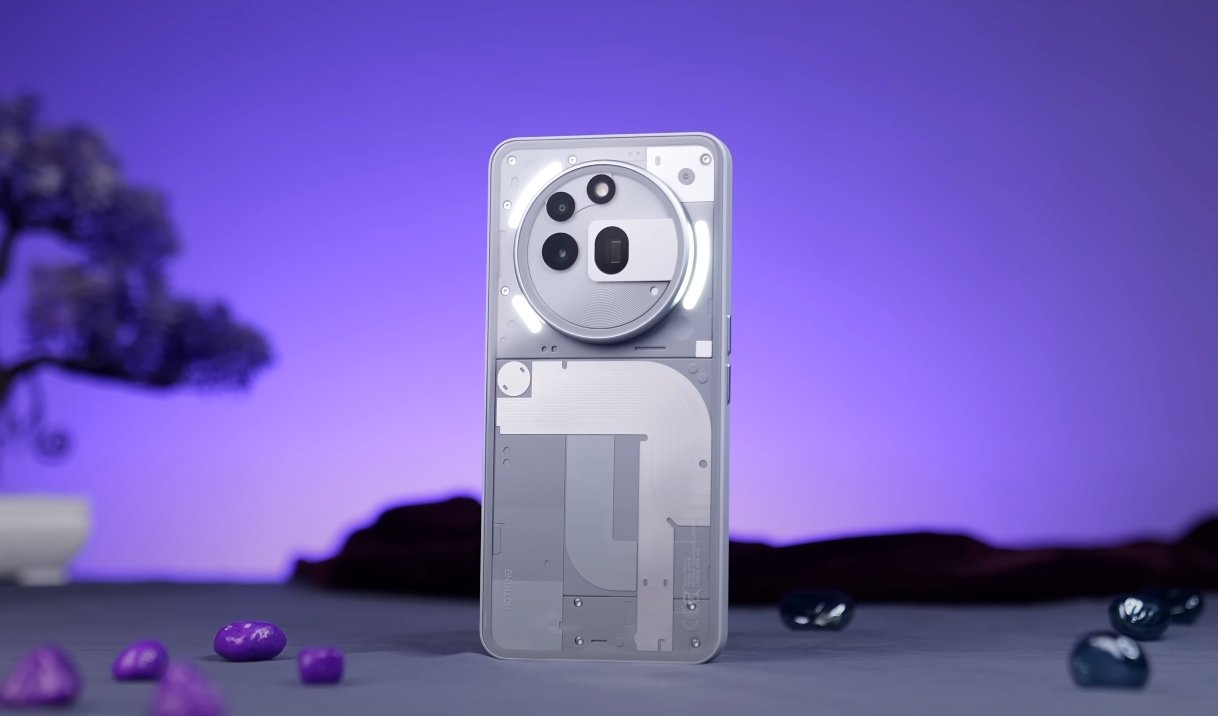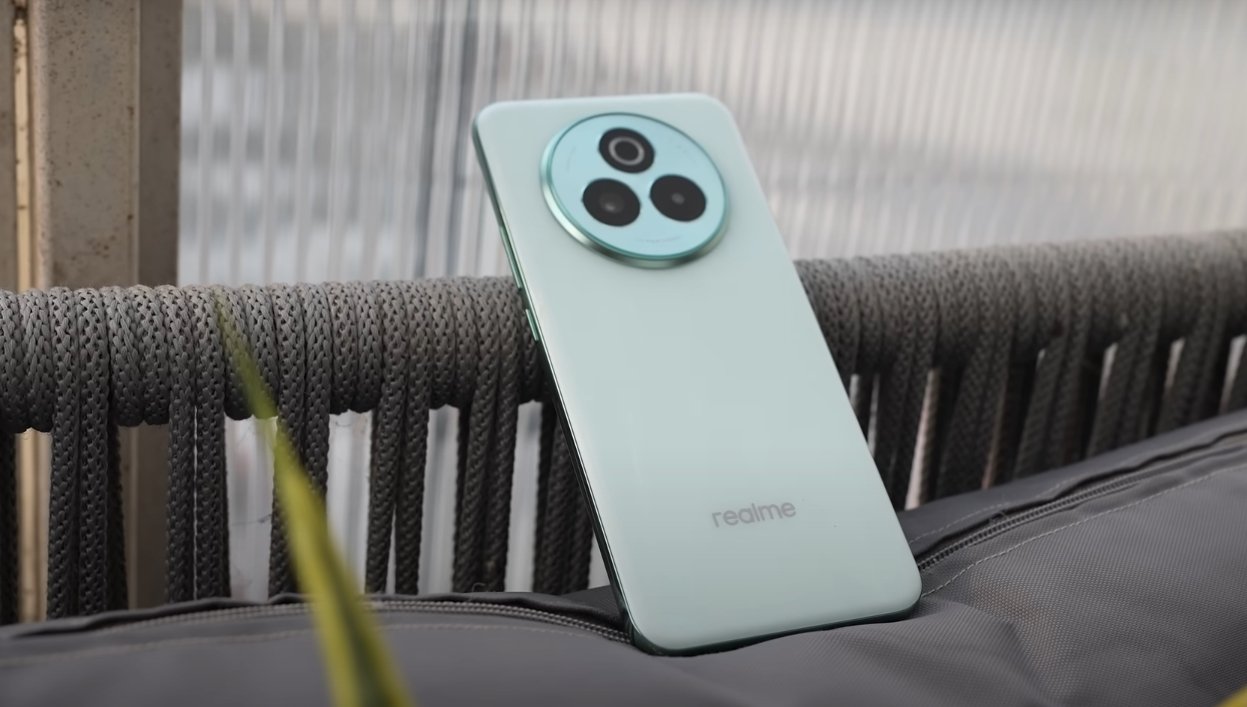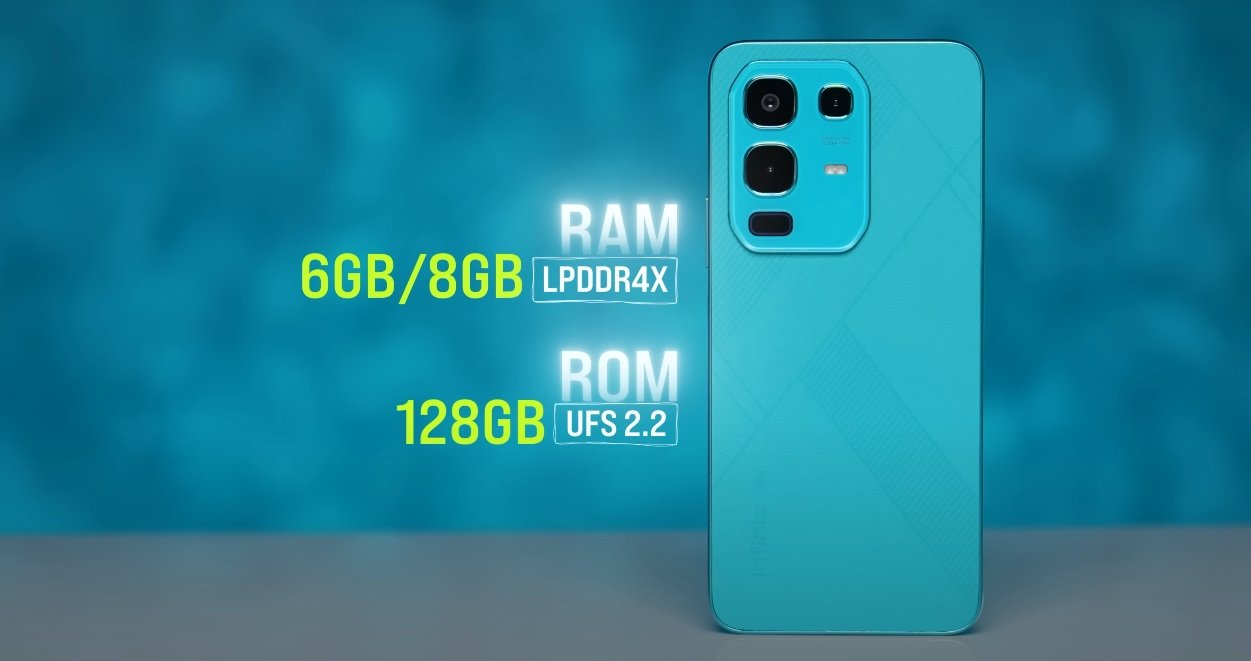Insights into how fixable the 3A Lite might be
Although the Nothing Phone 3A Lite has not been fully torn down in public yet, early reports and comparisons with the Nothing Phone 3a provide a useful estimate of what we might expect in terms of repairability. Based on common design practices, leaked component photos, and Nothing’s past design choices, the 3A Lite is likely to offer moderate repairability—with some features that favor ease of service and others that introduce challenges.
From what can be inferred, the 3A Lite is expected to use a mix of adhesive and modular components. The rear cover will probably be bonded using adhesive, which means removing the back to access internal parts (battery, logic board) will require heat or specialist tools. This is fairly standard for premium smartphones today. Once the cover is removed, the battery may be secured by adhesive strips or pull tabs—making it removable without destroying other components if handled properly.
Looking at the internal layout, the 3A Lite will likely place its major components (battery, mainboard, cameras) in separate modules with connectors rather than permanently soldered. This modular design facilitates replacing damaged parts like the camera or screen. However, to reach certain parts, technicians may need to remove protective plastic shields or secondary covers, which adds extra steps in repair. The presence of those shields is common in modern phones to organize cable routing and to provide EMI shielding.
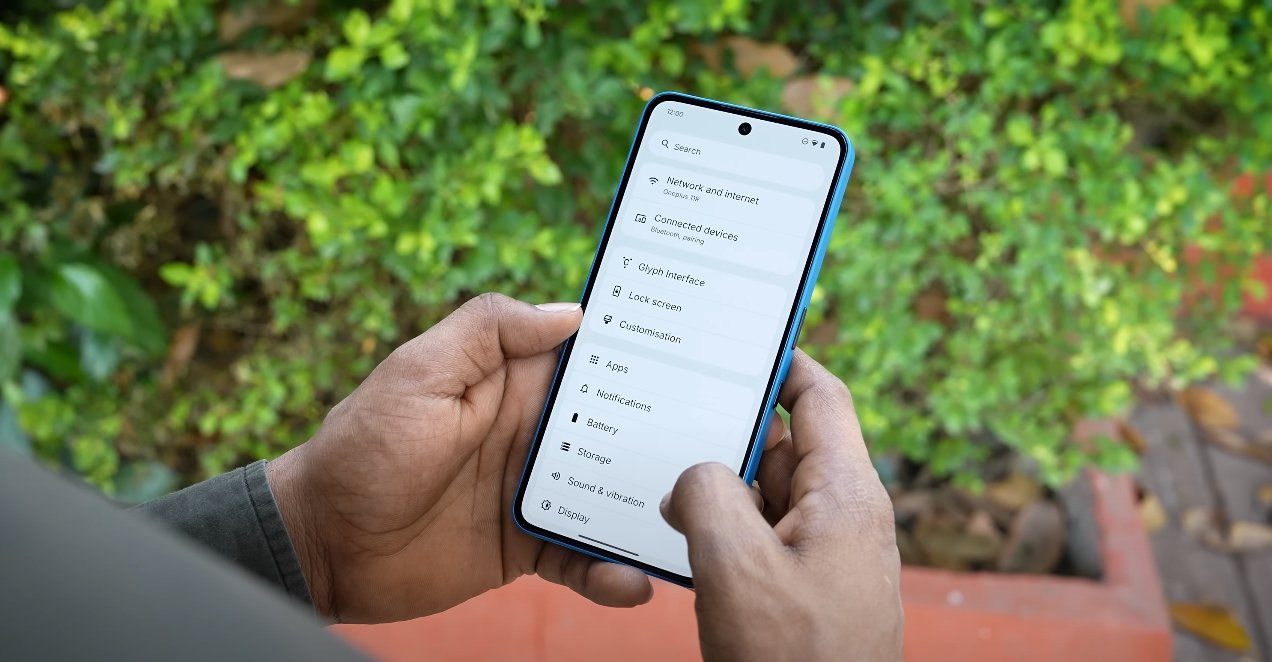
Screen replacement is another important factor. The display is probably laminated to the frame, which means replacing a cracked panel will require careful heating, separation, and re-gluing. Connecting flex cables may be hidden under board-level shields, making access more delicate. For other components like the USB-C port or buttons, they may be easier to replace if the main board is accessible, but that will depend on how many layers need disassembly.
Another factor is ease of disassembly and reassembly. The 3A Lite may use standardized screws and connectors in many internal stages, which helps repair shops. But in certain zones—especially around rear lighting / Glyph zones or decorative parts—there may be fragile connectors or soft cables that risk damage during repair. Also, if some parts are integrated (e.g. LED strips or interconnect boards baked into the back panel), then damage to those parts could be more costly to fix.
One likely challenge is water/dust resistance. While the 3A Lite might have some basic resistance, full IP ratings often require rubber seals, gaskets, and careful adhesion during reassembly. That means repairs may require replacement seals or adhesive tape to maintain resistance. If technicians neglect to reseal properly, that could compromise durability.
Given Nothing’s history with the 3a model (which scored average repairability in teardown reviews), the 3A Lite is likely to inherit similar trade-offs: some components that are user-replaceable, others requiring careful disassembly, and some adhesive that complicates repairs. The overall repair score might land in the midrange—neither highly modular like older phones, nor extremely sealed like luxury flagships.
In conclusion, while we don’t yet have a full public teardown for the 3A Lite, the design clues, comparisons to sibling models, and industry norms point to a device that is serviceable to an extent. Common hardware like the battery, screen, and camera modules will probably be replaceable by skilled repairers, though the adhesive, layered shields, and sealed back panel will make some repairs more complex. For users who value repairability, choosing skilled repair services and keeping spare parts or good tools will help preserve longevity.
Also Read: POCO M7 Camera Review Capturing Stunning Moments Like Never Before
